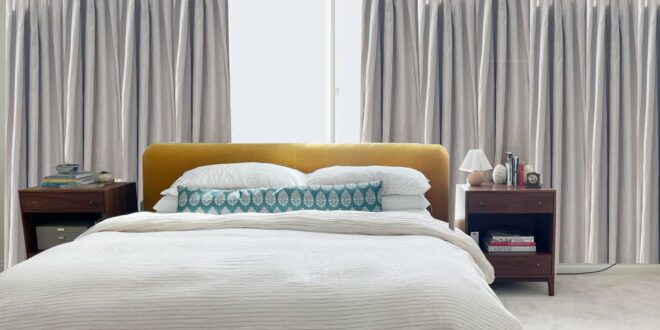Creating a well-rounded bedroom doesn’t always require a full-scale remodel or expensive upgrades. Sometimes, small adjustments are all it takes to elevate a space from “functional” to “complete.” These improvements aren’t necessarily about luxury—they’re about intentional choices that contribute to comfort, cohesion, and practicality.
In this article, we’ll break down subtle but impactful ways you can upgrade your bedroom. These are refinements that don’t overwhelm your budget or your schedule, yet they bring noticeable results in how your space feels and performs.
Invest in Proper Lighting
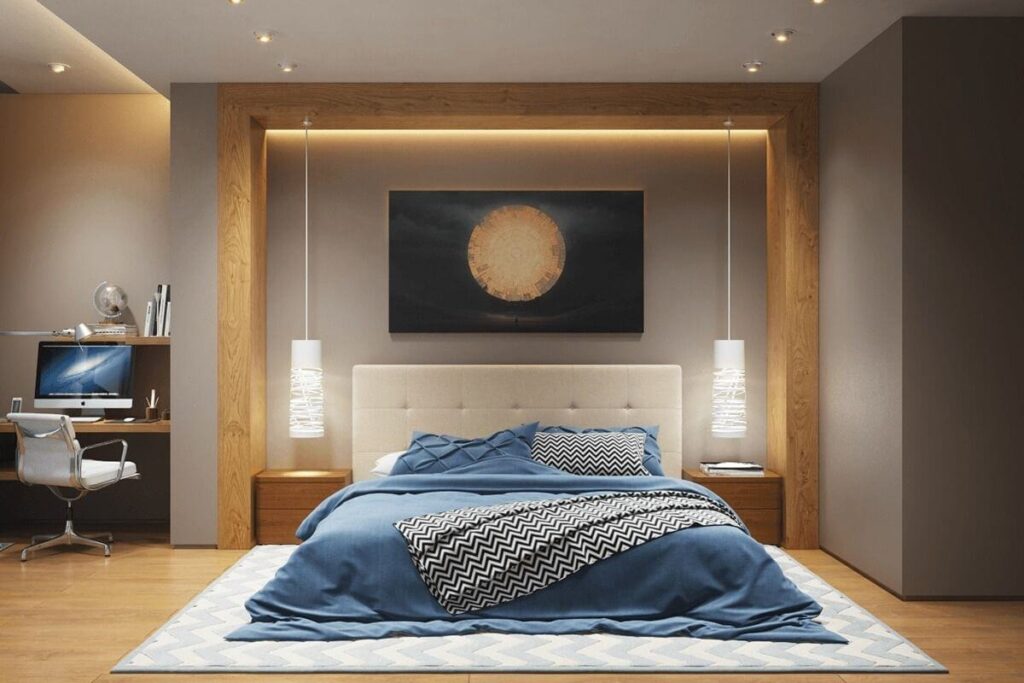
Lighting is often overlooked, but it sets the entire mood of the room. If your bedroom feels cold or unfinished, there’s a good chance that harsh overhead lights or insufficient illumination are part of the issue.
The fix? Layer your lighting. Add bedside lamps, install a dimmer switch, or use warm-toned bulbs to create ambiance. A small wall sconce can double as both a reading aid and a decorative detail. Keep in mind that light placement matters—soft light from multiple sources enhances comfort and dimension more effectively than a single ceiling fixture.
Use Personalized Textiles to Enhance Comfort
The feel of a bedroom often comes down to how its fabrics contribute to both visual softness and tactile comfort. Bedding, curtains, throws, and even a well-placed rug can change how a space is perceived. Custom touches elevate these basic elements into a curated aesthetic.
One highly effective detail is the use of custom body pillow cases to bring character and cohesion into the space. Whether it’s a pattern that matches your duvet or a design that expresses your style, this type of personalization serves both a decorative and practical function.
These small fabric upgrades don’t just improve the visual balance—they contribute directly to how you experience rest.
Add a Rug, Even on Carpet
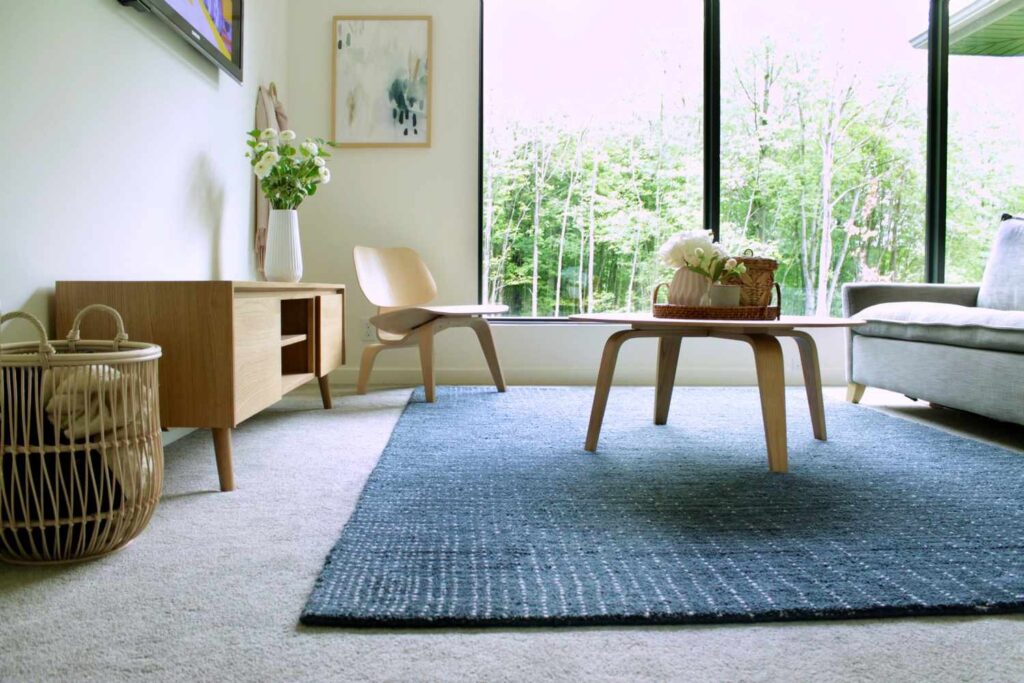
Many homeowners skip rugs in carpeted rooms, thinking it’s redundant. But a rug does more than add warmth to wood or tile—it defines zones, anchors furniture, and adds texture.
For example, placing a low-pile rug under your bed or in front of a sitting area makes the space feel more deliberate. Choose something with a color or pattern that ties into your bedding or wall art. A subtle contrast underfoot changes the room’s tone instantly.
Keep scale in mind: a rug that’s too small can disrupt proportions. Ideally, it should extend at least 18 inches beyond each side of the bed for optimal framing.
Declutter Visual Distractions
A “complete” bedroom doesn’t mean more stuff—it often means less. Open surfaces crowded with random items distract from the room’s purpose. To fix this, focus on essential décor with purpose.
Declutter nightstands, window sills, and dresser tops. Store away items that don’t need to be in constant view. If you need to display personal items, use a tray or small container to group them visually. Contained organization helps the space look neater, even when everything is visible.
Adding storage under the bed or upgrading to furniture with built-in compartments also helps maintain order without sacrificing design.
Choose Coordinated Hardware
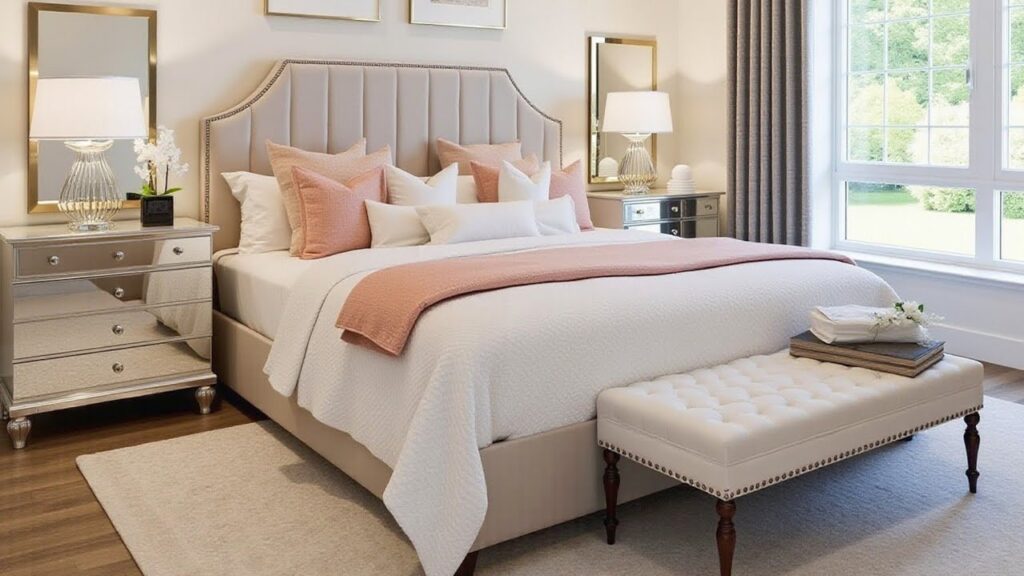
If your bedroom furniture consists of mismatched drawer handles or clashing metals, consider replacing the hardware. It’s a subtle change, but the visual result is impactful.
Choose a consistent finish—matte black, brushed brass, or chrome—and apply it across all knobs and pulls. Matching hardware gives a sense of cohesion and purpose. You can even upgrade door handles or closet pulls to match.
This type of coordination is often overlooked, but it significantly affects how “finished” the room feels.
Introduce Functional Decor
Decor isn’t just about what looks nice—it can also serve a purpose. A decorative bench at the foot of the bed offers seating and a spot to lay out clothes. Wall-mounted shelves offer space for framed photos and books without cluttering nightstands.
Mirrors serve dual purposes: they visually expand the space and reflect light, making the room feel brighter. Choose frames that match the overall room palette for a unified look.
Other small upgrades that count as functional decor:
- A decorative hamper that fits your aesthetic
- A clock that complements other elements
- Wall hooks that display accessories or robes
These add convenience while maintaining design intent.
Adjust the Layout for Flow
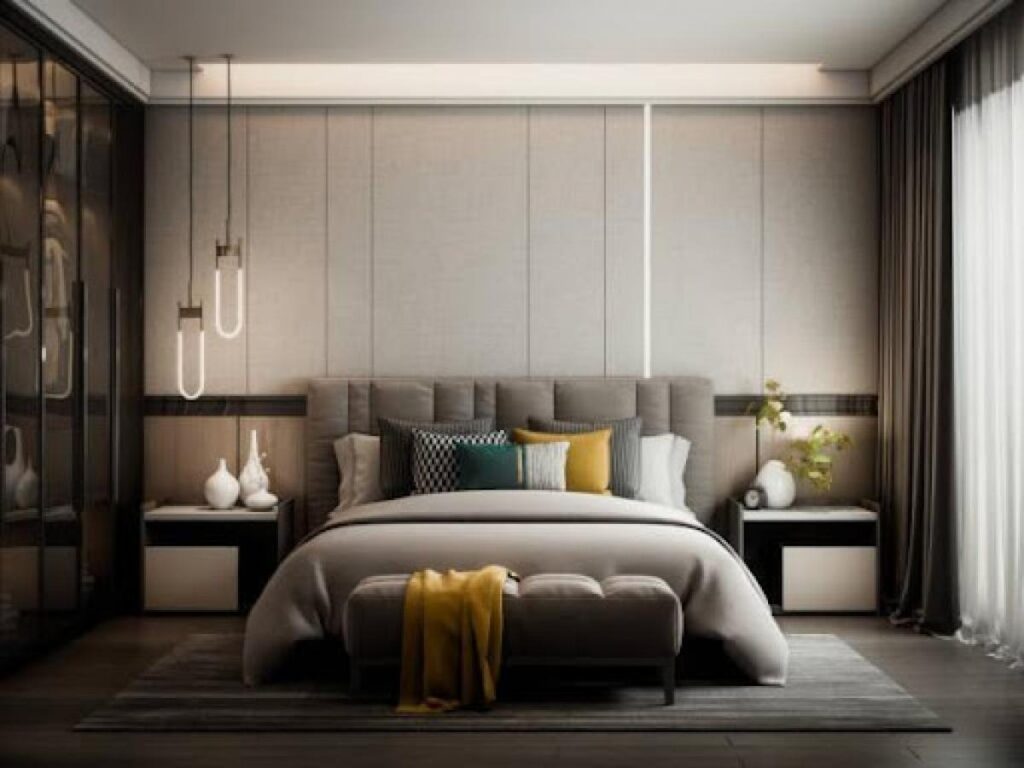
Sometimes the issue isn’t what’s in the room—it’s where things are placed. A bed that’s awkwardly positioned or nightstands that block outlets can make the room feel uncomfortable and incomplete.
Reevaluate your layout. Is there clear walking space? Can you easily access windows, closets, and drawers? Try centering the bed or shifting it slightly to balance the space. Move smaller furniture pieces until the room feels open but defined.
A few inches can make a big difference in how the room breathes.
Use Wall Art to Ground the Room
Bare walls can make a bedroom feel sterile or half-finished. Wall art adds personality, color, and balance. However, the key isn’t to cover every inch—it’s to anchor key focal points.
Place a large piece of art above the headboard, or group 2–3 smaller frames symmetrically. Use colors that echo your bedding or rug. If you’re not into framed prints, consider a fabric wall hanging or mounted sculpture for texture.
Avoid overly personal pieces like busy photo collages, which can disrupt the calm. Think calming, coordinated, and intentional.
Add Layers of Bedding
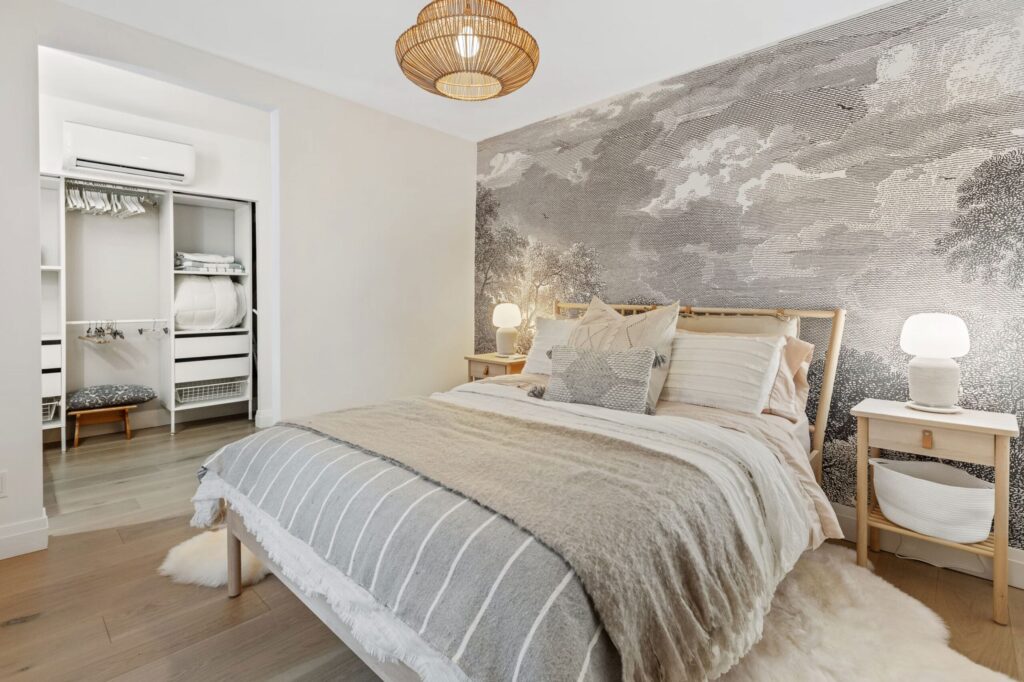
One of the simplest tricks to a polished-looking bed is layering. Multiple textures—like a quilt over a duvet, or a blanket at the foot—create depth. This not only looks complete but also allows for temperature control.
Choose 2–3 accent pillows in addition to your sleeping pillows. Vary the shapes, like a lumbar cushion paired with squares. Stick to a limited color palette that complements your furniture and wall tone.
Small fabric touches can easily elevate the entire room’s feel.
Upgrade One Element of Window Treatment
If full drapery feels out of budget or unnecessary, consider swapping just the rod or adding blackout lining to existing curtains. Or install a woven shade underneath lightweight curtains for contrast.
Window treatments affect both light and privacy, which directly impacts your comfort and sleep. Even if you don’t overhaul the windows entirely, refining one piece—like choosing matching curtain rings or replacing tired blinds—can make the room feel more deliberate.
Conclusion
You don’t need a massive overhaul to make your bedroom feel complete. It’s the subtle refinements—the lighting, the textiles, the layout—that bring visual and practical harmony. Prioritize a few adjustments, whether it’s layering bedding or upgrading to custom body pillow cases, and you’ll quickly notice the difference. A room that feels considered is one that welcomes you at the end of the day—and that’s the ultimate goal.
 HQ Grande Prairie HQ Grandie Prairie is an online news portal aimed at providing latest day to day happenings of the World to its viewers.
HQ Grande Prairie HQ Grandie Prairie is an online news portal aimed at providing latest day to day happenings of the World to its viewers.
